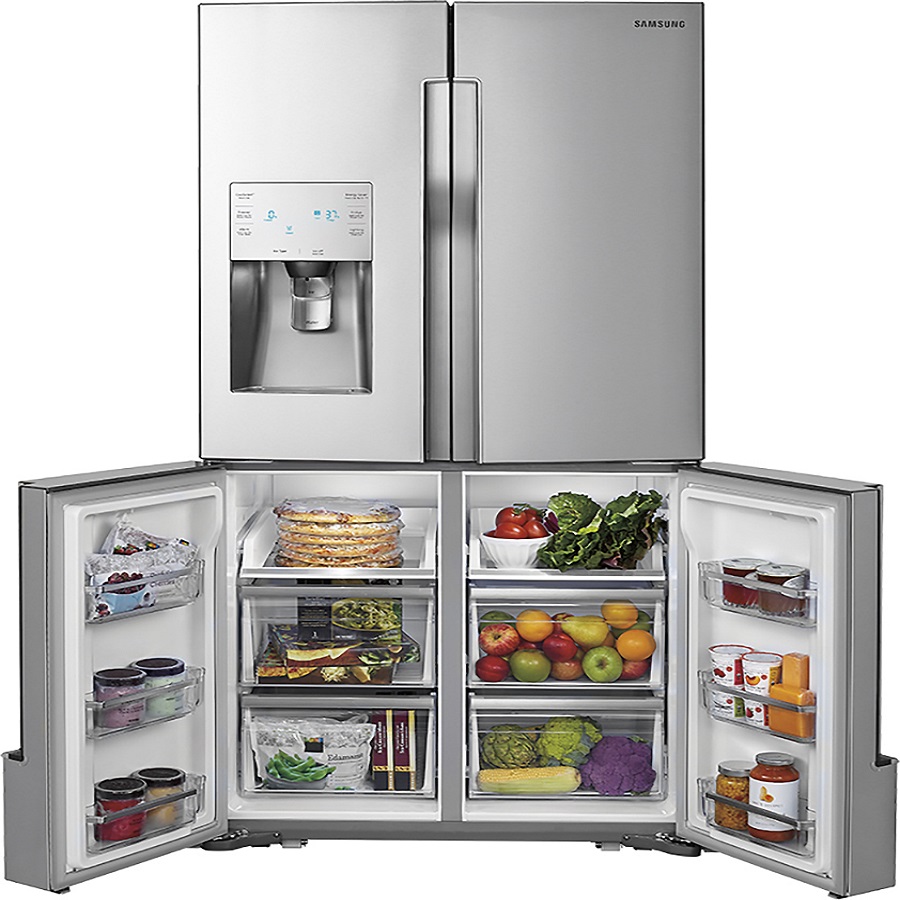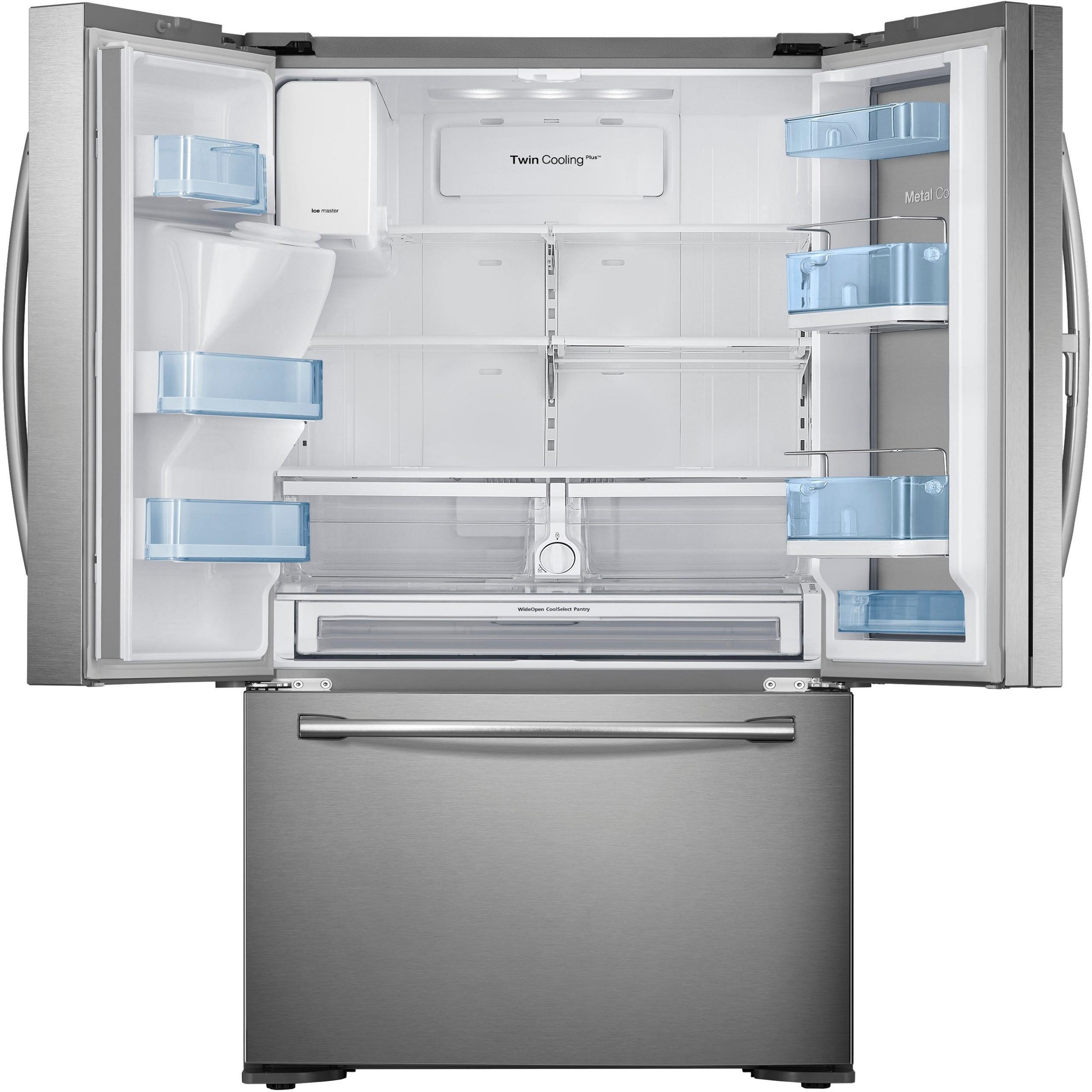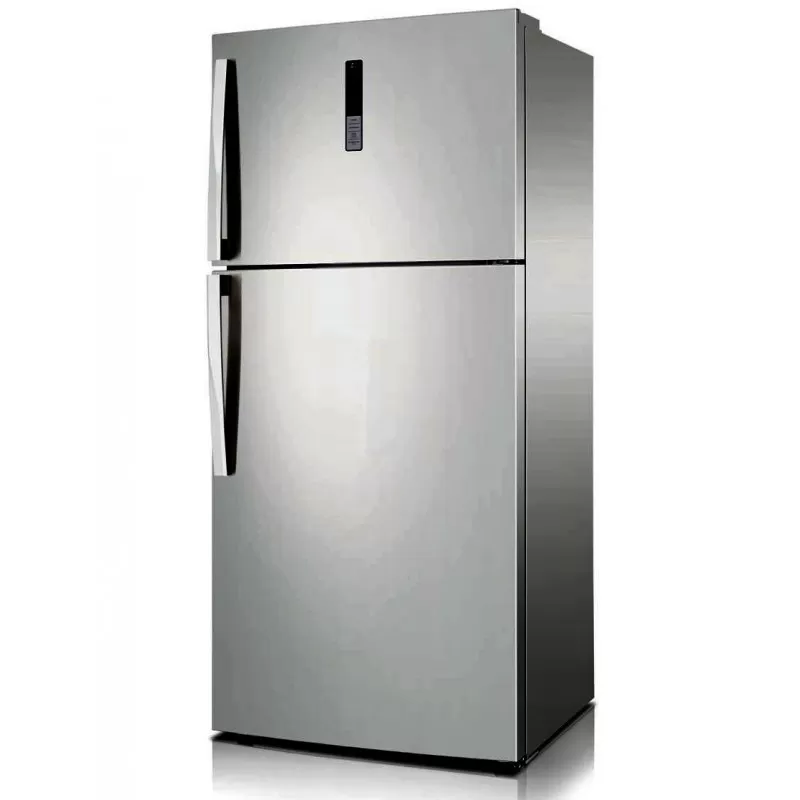Samsung refrigerators are known for their reliability and technology, but like any appliance, they can run into issues. One common problem is frost buildup, which can hinder their performance and efficiency. If you find yourself dealing with excessive ice accumulation, knowing how to force defrost your Samsung refrigerator becomes essential. In this article, we will guide you through the steps involved in this process and provide you with additional tips to maintain your appliance effectively.
Understanding the Defrost Cycle
What is the Defrost Cycle?
Every refrigerator operates on a defrost cycle, which is designed to prevent ice buildup in the freezer section. During regular cycles, built-in heaters melt any ice that has accumulated on the evaporator coils. This water then drains away, keeping your freezer efficient and your food frozen.
Why Frost Builds Up
Frost buildup can occur due to several reasons, including:
- High Humidity: When the air in your kitchen is humid, moisture can seep into the freezer, leading to frost formation.
- Frequent Door Openings: Each time you open the door, warm air enters, which can cause condensation and lead to ice.
- Faulty Door Seals: If the rubber seals around your door are damaged, warm air can infiltrate the freezer, leading to frost buildup.
- Defective Defrost Timer: A malfunction in the defrost timer or thermostat can prevent the appliance from properly entering its defrost cycle.
Understanding these factors can help you maintain your Samsung refrigerator properly and prevent problems from escalating.
Signs That You Need to Force Defrost
Excessive Ice Buildup
If you notice a significant layer of ice in your freezer, it’s a clear sign that you should consider defrosting your Samsung refrigerator. Excessive frost can limit the usable space in your freezer and affect its cooling efficiency.
Difficulty in Closing the Door
If your freezer door struggles to close completely due to the buildup of ice, then it’s time to address the issue. This can lead to higher energy bills and an increased risk of food spoilage.
Unusual Noises
Sometimes, you may hear unusual noises coming from your refrigerator. Frost buildup can cause the evaporator fan to work harder than necessary, leading to mechanical noises that might not be usual for your appliance.
Water Leaks
Water pooling around your refrigerator can indicate that ice is melting or overflowing from its designated area. This could be a direct consequence of a thaw process that hasn’t been completed correctly.
Step-by-Step Guide to Force Defrost Your Samsung Refrigerator
Step 1: Prepare Your Refrigerator
Before you begin the defrosting process, it’s crucial to empty your refrigerator and freezer. Remove all perishable items and place them in a cooler if necessary. Doing this beforehand will help prevent food spoilage during the defrost process.
Step 2: Turn Off the Refrigerator
To manually initiate a defrost cycle, you first need to turn off the refrigerator. Locate the power cord at the back or unplug the appliance from the wall outlet. If your model has a dedicated defrost button or setting, consult the owner’s manual for specific instructions.
Step 3: Access the Freezer Compartment
After the power is off, open the freezer door to assess the extent of ice buildup. If there’s a substantial amount of ice, you may consider using a vacuum or hair dryer to speed up the melting process. However, take care not to damage any components or the lining.
Step 4: Use a Hair Dryer (Optional)
If you choose to use a hair dryer to speed up the process, set it to a low heat setting. Hold it several inches away from the ice and keep it moving to avoid overheating any plastic or other sensitive parts. Be meticulous, as excessive heat can cause damage.
Step 5: Collect the Melted Water
As the ice begins to melt, ensure you have towels or a basin beneath the freezer to catch the water. This will help contain the mess and avoid water leaks in your kitchen. Remove any loose ice chunks as they detach.
Step 6: Clean and Dry the Interior
Once all the ice has melted, wipe down the interior of your freezer and fridge with warm, soapy water. Make sure to dry all surfaces thoroughly. This not only ensures cleanliness but also helps prevent new ice from forming prematurely.
Step 7: Turn the Power Back On
Once everything is clean and dry, plug the refrigerator back into the outlet or switch it back on. If your model has a defrost button, feel free to engage it at this point. Set the temperature dials to their recommended settings.
Step 8: Monitor for Functionality
Keep an eye on your refrigerator over the next few days. Check if it returns to optimal performance and watch for any further ice buildup. If the problem persists, it might be indicative of a more significant issue, likely requiring professional assessment.
Maintenance Tips to Avoid Frost Buildup
Regular Cleaning
Regularly clean your refrigerator and freezer interiors to prevent the accumulation of dust and debris. Dust can block vents and impact airflow, contributing to frost formation.
Inspect Door Seals
Every few months, inspect the rubber door seals for cracks or damages. If you notice any issues, replace the seals promptly to maintain optimal energy efficiency.
Set Proper Temperature Levels
Maintaining the correct temperature is crucial for the efficiency of your Samsung refrigerator. Ideally, your refrigerator should be set between 37°F to 40°F (3°C to 4°C), and your freezer should remain below 0°F (-18°C). Setting the temperature too low can also lead to excessive frost buildup.
Limit Door Openings
Be conscious of how often you open your refrigerator and freezer doors. Aim to limit the frequency and duration to reduce warm air exposure and maintain proper internal temperatures.
Use Energy-Efficient Appliances
If you realize your Samsung refrigerator is old, consider investing in a new, energy-efficient model. Modern appliances often have better technology designed to reduce frost buildup, saving you time and energy in the long run.
Schedule Professional Maintenance
Consider scheduling annual maintenance checks with a professional technician. Regular evaluations can catch potential issues early, ensuring your refrigerator remains in good working condition. Technicians can inspect critical parts such as the condenser, drain pan, and evaporator fans.
 Troubleshooting Common Issues
Troubleshooting Common Issues
Ice Maker Problems
If you have an ice maker that is malfunctioning alongside your frost issues, check to see if it’s clogged. Obstructions in the water supply line can also hinder ice production. Clear any blockages or consult your owner’s manual.
Temperature Fluctuations
If your refrigerator is undergoing periodic temperature swings, it could signify issues with the thermostat or compressor. Adjust the settings accordingly but consult a professional if the problem continues.
Noisy Operation
Should your refrigerator become excessively loud post-defrosting, check that all components are in their proper places. Loose screws or components may cause clattering or rattling sounds during operation.
Conclusion
Knowing how to force defrost your Samsung refrigerator is an essential skill that can help prevent potential issues stemming from frost buildup. By following the outlined steps and engaging in regular maintenance, you can ensure the long-lasting performance of your appliance. Remember that diligent care, combined with timely troubleshooting, will mitigate problems and enhance the efficiency of your refrigerator. Take the time to understand your refrigerator, as it is one of the most important appliances in your home.


